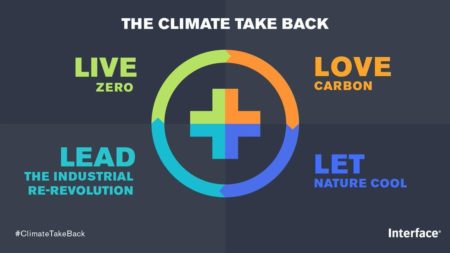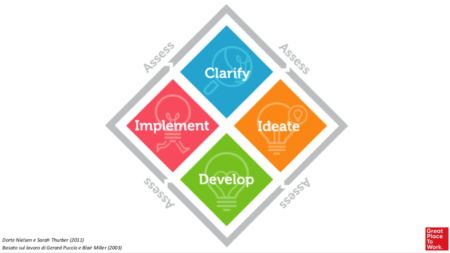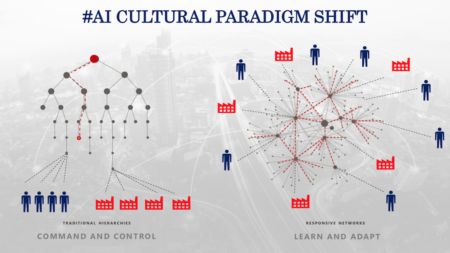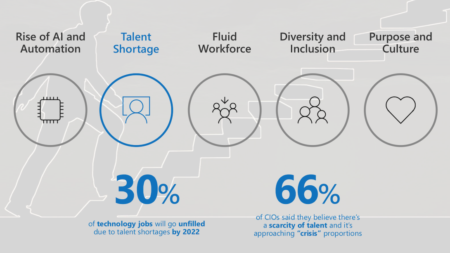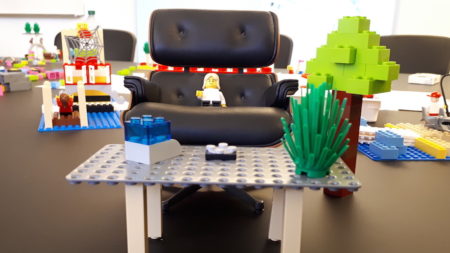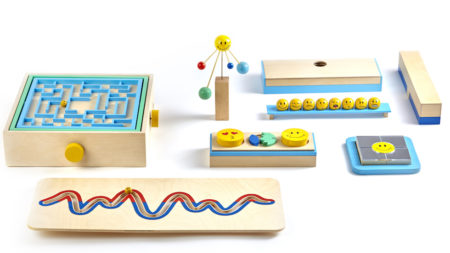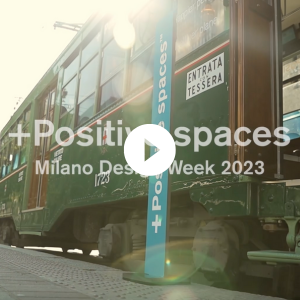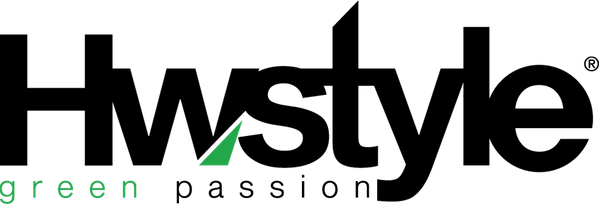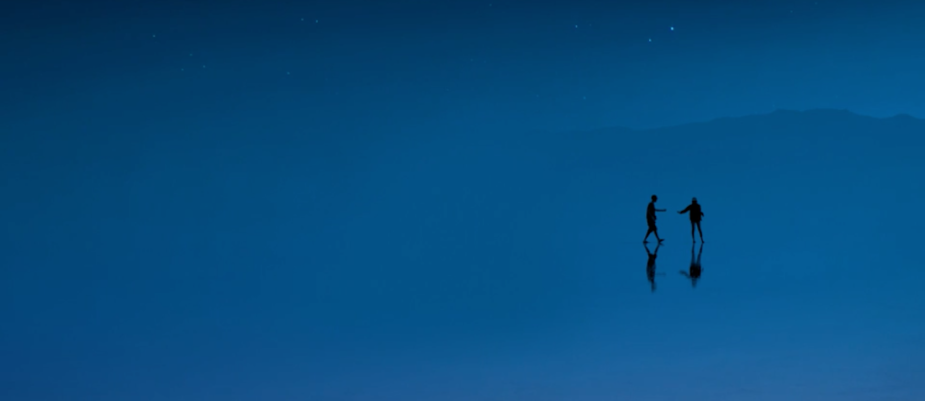
“Reasoning will take you from A to B. Imagination everywhere”. From sketches and notes stored in a little drawer of a no-sharing desk and no-ergonomic workstation of a boring and dimly lit patent office, Einstein, author of this aphorism, imagined the theories that have changes our comprehension of the universe.
Today, in our ergonomic and wellbeing-oriented workplaces we need to re-place human imagination towards a “Visionary Working” based on constant flexibility in changing rules and finding (and winning) new challenges.
All the important innovators are “foolish”, as Steve Jobs declared in his famous speech at the Stanford University: foolish to imagine something that was beyond the reality they were surrounded by.
For the world of the ways of working this decade is about to finish leaving us a question without a definitive answer: what role can the company play in building a happier and more sustainable society? In other words, what is and how can we practically define Corporate Social Responsibility?
In a context where “smart working” has become a worn-out and overused term, the 10s have seen the triumph of the in-between and sharing areas, of the neurosciences and the physical and mental wellbeing in the office design, along with the relentless advance of technology with its social and ethical dilemmas, linked to the potential constant control over workers and the too fast changes of required competencies.
Nevertheless, in a world where our future is on the line between the infinite possibility and the catastrophic impossibility, questions still need to be answered: we feel that our way of thinking work and its spaces lack to meet the needs of new generations, that our level of stress is still physically and mentally unsustainable, and that the change of an epidemic plague of burnout syndrome is always about to burst.
Moreover, we come to comprehend that the green turn it is the smartest thing to do in order to fight against the climate change and in order to build a more sustainable world, and that has fostered brave “moonshots” as the Interface’s Mission Zero and Climate Take Back project or the “most foolish” ideas (in a Job’s sense of speaking) as the bio self-sustaining decomposing buildings.
Eventually, in a world where big data and AI are revolutionizing literally everything (as for example the HR) the most pressing question becomes how the management can effectively deal with the IoT and the technological monitoring turn of the contemporary office, where trust and productivity risk to come into conflict.
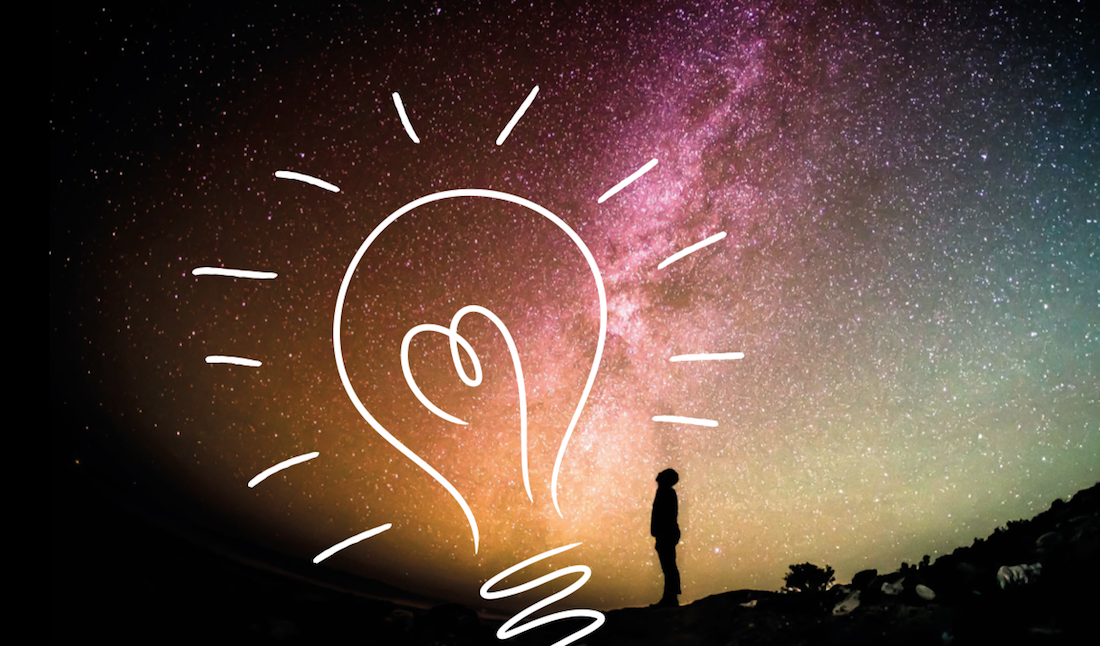
Einstein used to call his little drawer “the amusement drawer”: it is his game. And play is going to be a keyword for the next years, as a place where it is possible to rethink the time and the space, as we have already seen talking about the Lego Serious Play and the Awareness Toy: in playing, the concept of risk comes out form the statistical logic of numbers (where it is bound to return, as in Physics) and becomes the free exploring of the infinite field of possibilities.
With these premises, 2020 can really be the pivotal year to go beyond the smart working (as a system for make the existent system more efficient) towards a visionary working, based on the constant flexibility in changing rules and finding (and winning) new challenges. Thus, ways of working centered on our human faculty of imagine can be the key to find the answer to the questions about the small and big revolutions that the last decades has left us.
Text by Gabriele Masi.
Captions:
Classic Blue, Color of the Year 2020 Pantone. A relaxing colour that foster self-reflection, that give us calm and trust; it underlies our desire to a reliable basis from where to start and it favors the resilience needed to face the new era.
Opening picture: courtesy Pantone
Closing picture: courtesy Ewa M. Pixabay


